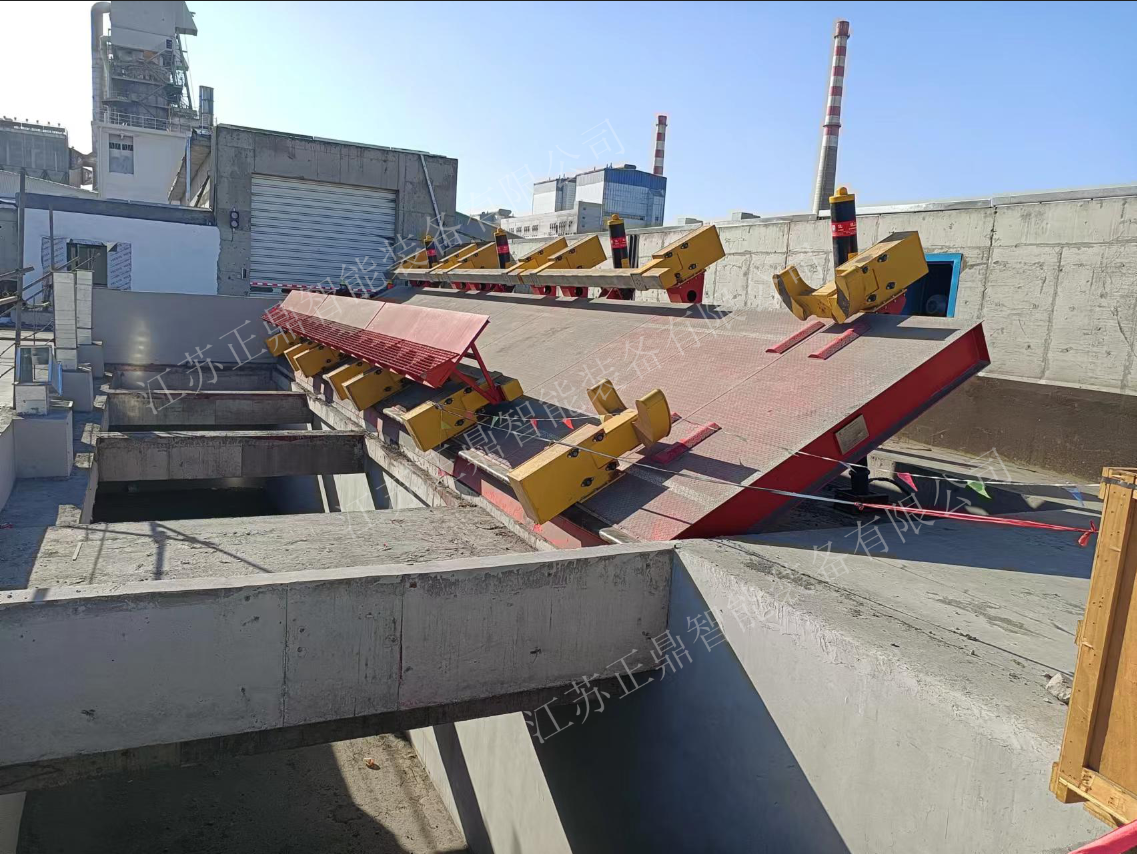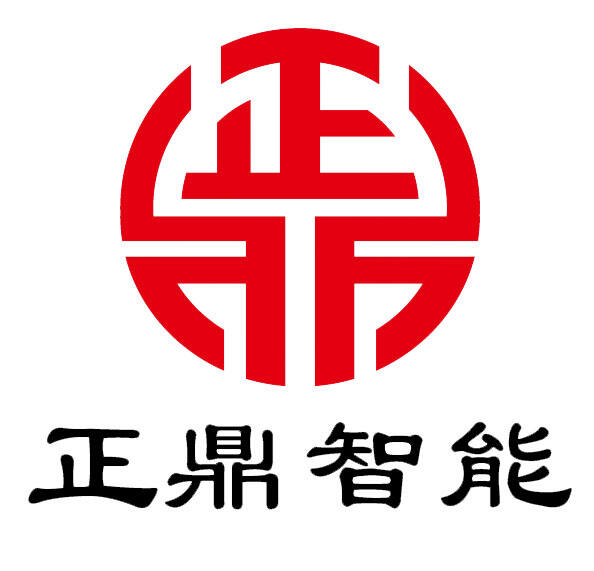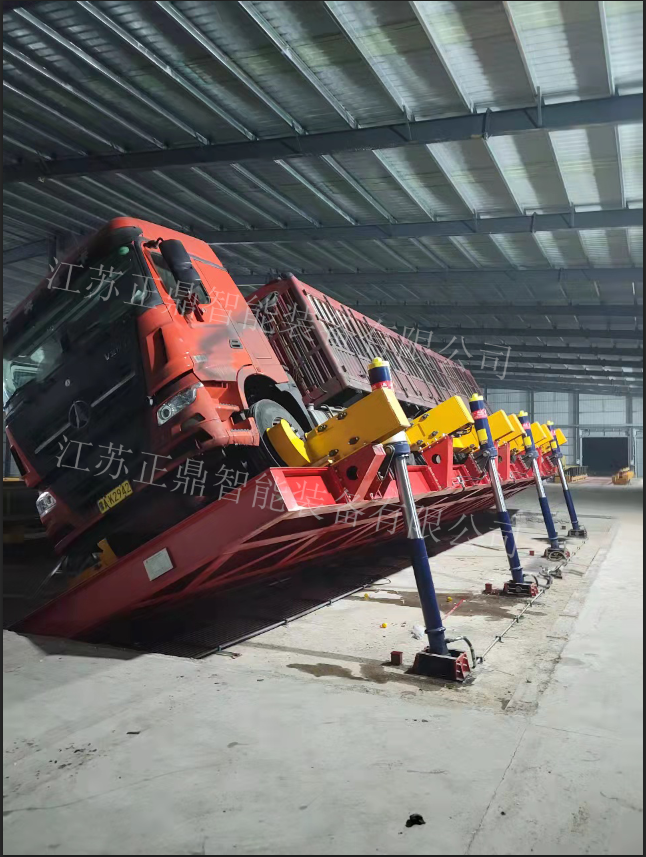Essential Care Guidelines for Industrial Loading Equipment
The efficiency of any loading dock operation hinges on the reliable performance of its hydraulic truck unloading platform. These sophisticated pieces of equipment serve as the backbone of logistics operations, facilitating smooth transitions between trucks and warehouses. Understanding proper maintenance procedures not only extends equipment lifespan but also ensures workplace safety and operational continuity.
Modern logistics facilities depend heavily on these platforms to maintain their competitive edge. A well-maintained hydraulic truck unloading platform can significantly reduce loading times, minimize product damage, and improve overall workplace efficiency. This comprehensive guide will explore the essential aspects of platform maintenance, from daily inspections to long-term care strategies.
Fundamental Maintenance Procedures
Daily Inspection Protocol
Beginning each shift with a thorough inspection of the hydraulic truck unloading platform sets the foundation for safe operations. Operators should check for visible signs of wear, unusual noises during operation, and proper fluid levels. The platform's surface should be examined for any debris or damage that could compromise its functionality.
Documentation of these daily checks proves invaluable for tracking maintenance patterns and identifying potential issues before they escalate. Establishing a standardized checklist ensures consistency across different shifts and operators, while maintaining detailed records aids in compliance with safety regulations.
Hydraulic System Care
The hydraulic system represents the heart of the unloading platform's functionality. Regular monitoring of hydraulic fluid levels, quality, and pressure readings helps prevent system failures. Fluid should be tested quarterly for contamination and replaced according to manufacturer specifications, typically annually or after 2,000 operating hours.
Hydraulic hoses require particular attention, as their failure can lead to dangerous situations and costly downtime. Visual inspections should focus on signs of wear, leakage, or damage to the outer coating. Implementing a systematic replacement schedule for hydraulic components helps prevent unexpected breakdowns.

Preventive Maintenance Strategies
Mechanical Component Assessment
The structural integrity of a hydraulic truck unloading platform depends on regular assessment of its mechanical components. This includes checking all hinges, pins, and mounting brackets for proper alignment and wear. Lubrication points should receive attention according to the manufacturer's recommended schedule, using appropriate greases and oils.
Platform leveling mechanisms require particular focus, as their proper function directly impacts loading safety and efficiency. Regular calibration checks ensure the platform maintains accurate positioning throughout its operating range. Any deviation in leveling performance should trigger immediate investigation and adjustment.
Electronic System Maintenance
Modern hydraulic truck unloading platforms incorporate sophisticated electronic controls and safety systems. Regular testing of limit switches, sensors, and control panels ensures reliable operation. Electrical connections should be inspected for corrosion and proper seating, while control panel functionality requires verification through systematic testing procedures.
Software updates, when applicable, should be applied promptly to maintain optimal system performance and security. Maintaining detailed records of electronic system maintenance helps track potential patterns in system behavior and aids in troubleshooting efforts.
Environmental Protection Measures
Weather Protection Protocols
Environmental factors significantly impact the longevity of hydraulic truck unloading platforms. Implementing proper protection measures against rain, snow, and extreme temperatures helps prevent premature wear and system failures. Installation of weather seals and regular inspection of their condition proves crucial in harsh environments.
During winter months, special attention must be paid to preventing hydraulic fluid thickening and protecting against ice formation. Proper heating systems or cold-weather hydraulic fluids may be necessary in extreme conditions. Summer operations require monitoring for overheating and ensuring adequate cooling system function.
Corrosion Prevention
Exposure to various environmental elements makes corrosion a significant concern for hydraulic truck unloading platforms. Regular cleaning and application of appropriate protective coatings help prevent rust formation and material degradation. Special attention should be paid to areas where different metals meet, as these junctions are particularly susceptible to galvanic corrosion.
Implementing a regular washing schedule removes potentially corrosive substances, while proper drainage design prevents water accumulation. Documentation of corrosion protection measures helps maintain warranty compliance and extends equipment lifespan.
Safety Compliance and Training
Operator Certification Requirements
Safe operation of a hydraulic truck unloading platform requires proper operator training and certification. Regular refresher courses ensure operators maintain current knowledge of safety procedures and equipment updates. Documentation of training completion helps maintain compliance with workplace safety regulations.
Establishing clear operating procedures and ensuring all operators understand emergency protocols contributes to workplace safety. Regular safety meetings provide opportunities to address concerns and share best practices among operators.
Safety System Verification
Regular testing of safety systems ensures reliable protection during platform operation. This includes checking emergency stop functions, warning signals, and safety interlocks. Load capacity indicators and safety barriers require particular attention during inspection routines.
Maintaining detailed records of safety system tests and any identified issues helps demonstrate compliance with regulatory requirements. Prompt addressing of safety-related maintenance needs should always take priority in the maintenance schedule.
Frequently Asked Questions
How often should hydraulic fluid be replaced in a truck unloading platform?
Hydraulic fluid should typically be replaced annually or after 2,000 operating hours, whichever comes first. However, this schedule may vary based on operating conditions and manufacturer recommendations. Regular fluid testing can help determine optimal replacement intervals for specific applications.
What are the signs that a hydraulic truck unloading platform needs immediate maintenance?
Key warning signs include unusual noises during operation, slow or uneven movement, visible fluid leaks, excessive play in mechanical components, and erratic control system behavior. Any of these symptoms warrant immediate inspection and maintenance attention to prevent potential safety issues or equipment failure.
How can operators extend the lifespan of a hydraulic truck unloading platform?
Operators can maximize platform lifespan through consistent daily inspections, adherence to maintenance schedules, proper load management, prompt reporting of issues, and following correct operating procedures. Regular cleaning, appropriate lubrication, and protection from environmental factors also contribute significantly to equipment longevity.

